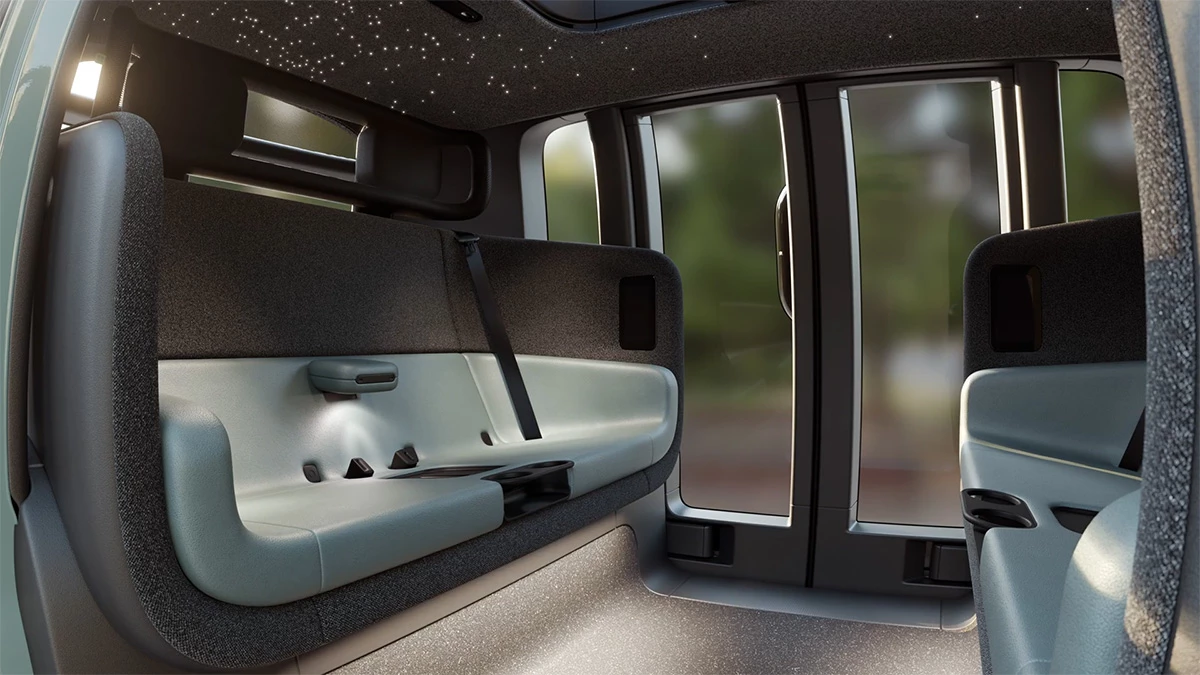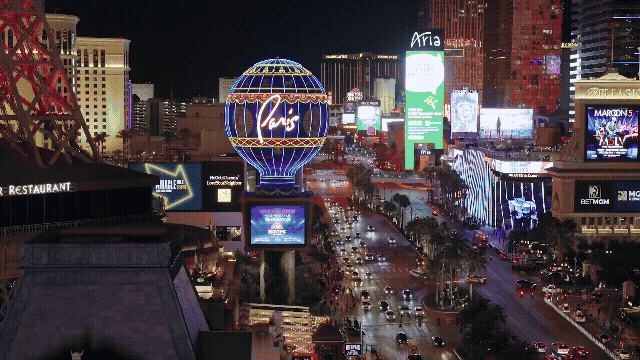Amazon subsidiary Zoox is ramping up production of its robotaxis in California ahead of its commercial launch in Las Vegas expected later this year. It's flung open the doors to its second production facility that's set up to roll out over 10,000 of its driverless four-passenger vans annually.
The Hayward, California, plant spans 220,000 square feet (~20,440 sq m), and will assemble the company's robotaxis and conduct end-of-line testing before deploying these vehicles – which will be owned and operated by Zoox.
You can get a look at the shop floor in the video below. There isn't any onsite welding or painting going on, because Zoox works with components that arrive pre-manufactured from suppliers. The new factory is staffed by a combination of humans and robots; the latter will be tasked with moving robotaxis down the assembly line and precisely applying adhesive to the vehicles' surfaces.
The all-too-short clip breezes through several key steps in putting together a Zoox taxi:
- Assembling the steering-less, pedal-less carriage.
- Installing the interior parts, and the suite of LiDAR, camera, infrared, and radar sensors for autonomous driving.
- Calibration of the sensors to ensure they work properly in tandem.
- Wheel and headlight alignment.
- Stress testing the powertrain, brakes, and thermal systems on a dynamometer at up to 75 mph (120 km/h).
- Checking for leaks with a simulated rainstorm.
- Quality inspection in a light tunnel that makes it easy to spot panel gaps and scratches.

What you don't get to see in the video is the robotaxi being put through its paces on a test track outdoors. That's where its driving, and pickup and drop-off behaviors are observed to ensure it's all working as intended.
The Zoox robotaxi experience is tailored to work similar to other ride-hailing services, where you book a ride using an app and get picked up wherever you drop a pin. Each of the four carriage seats gets safety belts, a wireless phone charger, and zoned climate control. A screen on the side panel shows you your current route and time to arrival, as well as music controls. The vehicle will max out at 45 mph (72 km/h), and handle rides in the rain and at night.

The company has been testing its robotaxi on public roads in Las Vegas since June 2023. It's already been picking up passengers at no charge through its early-access program this year; the next step is to service a 5-mile radius encircling the Las Vegas Strip and surrounding areas with paid public rides, and expand its geofence thereafter.

Zoox will subsequently launch a similar early-rider program in San Francisco before 2025 is out. In the next few years, it hopes to kick off operations in Austin, Texas, and Miami, Florida, as well.
With that, Zoox will soon go up against Waymo – which has been around for a while now and is partnering with Uber to operate in a handful of US cities. Lyft plans to enter the fray in 2026. Tesla is expected to launch its own service next week, but it appears that it will only have 10 cars available to "company employees or invited guests," so you might be in for a wait if you're keen on a Muskmobile.
Source: Zoox





